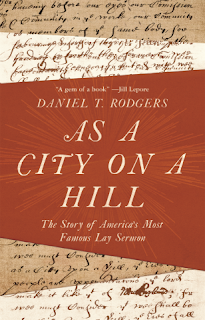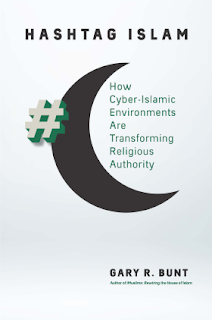 in the School of Life Sciences. He has authored or edited many books, including The Landscape of Reform: Civic Pragmatism and Environmental Thought in America (2006) and The Ark and Beyond: The Evolution of Zoo and Aquarium Conservation (2018).
in the School of Life Sciences. He has authored or edited many books, including The Landscape of Reform: Civic Pragmatism and Environmental Thought in America (2006) and The Ark and Beyond: The Evolution of Zoo and Aquarium Conservation (2018).Minteer applied the “Page 99 Test” to his new book, The Fall of the Wild: Extinction, De-Extinction, and the Ethics of Conservation, and reported the following:
Page 99 in The Fall of the Wild is mostly taken up by a single photograph. It’s one of the most depressing images in the history of wildlife conservation.Visit Ben Minteer's website.
On the left side of the frame is a dead Tasmanian tiger (aka thylacine), a large, carnivorous marsupial with a distinctive striped back. The animal is strung up by its hind quarters with such a thin line that it almost seems to float in the frame. Seated and facing the animal on the right side of the image is the hunter who took the fatal shot, a man identified only as “Mr. Weaver.” A bearded, burly man with high cheekbones, he’s equipped with a rifle, a hunting coat, and a blank stare.
Thought to be taken in 1869, “Mr. Weaver Bags a Tiger” is one of the very few 19th century photographs of the thylacine known to history. The animal was persecuted by sheep farmers and bush hunters under private and government bounties in Australia’s rugged island state in the 19th century (even though the failure of the Tasmanian sheep industry owed more to human incompetence than to marauding marsupials). “Benjy,” the last of the species, died in a Tasmanian zoo in 1936.
In The Fall of the Wild, I discuss some of our more iconic lost animals that had the misfortune of either being highly attractive to rapacious market hunters and specimen collectors, or, like the thylacine, were viewed as threats requiring annihilation. I also mention some harrowing “close calls” where forward-thinking conservationists were able to pull species out of the fire, including the game-changing efforts to breed the American bison back into viability at the Bronx Zoo in the early 20th century and more recent struggles to make sure the southwestern skies are never free of California condors.
Elegiac cases like the thylacine and the passenger pigeon loom large in the morality tales of conservations. But so do happier examples like the bison and the condor. As a result, a powerful dynamic of loss-and-recovery has gripped generations of wildlife scientists and conservation advocates who worry about species slipping into the abyss, and who commit themselves to doing everything they can to save today’s imperiled wildlife from sharing the thylacine’s fate.
But this commitment to doing “whatever it takes” to save a species can end up threatening other values, concerns that have always been an important part of the conservation movement. Chief among them is a respect for a wild nature that isn’t completely under our thumb. Some of the more aggressive attempts to reverse the march of extinction today even go so far as to suggest that we should “revive” long-lost species like the thylacine and the passenger pigeon; a kind of “de-extinction” that signals the triumph of the engineering spirit in conservation. In The Fall of the Wild, I question whether de-extinction and other strongly interventionist approaches to wildlife conservation today are part of a sound environmental ethic – or whether they might keep us from learning a deeper lesson about the wisdom of humility, self-possession, and restraint in nature. It is a lesson that was clearly lost on Mr. Weaver back in 1869, but it’s also one that we, despite all our enlightened 21st century conservation attitudes and efforts, have yet to fully learn.
--Marshal Zeringue




























